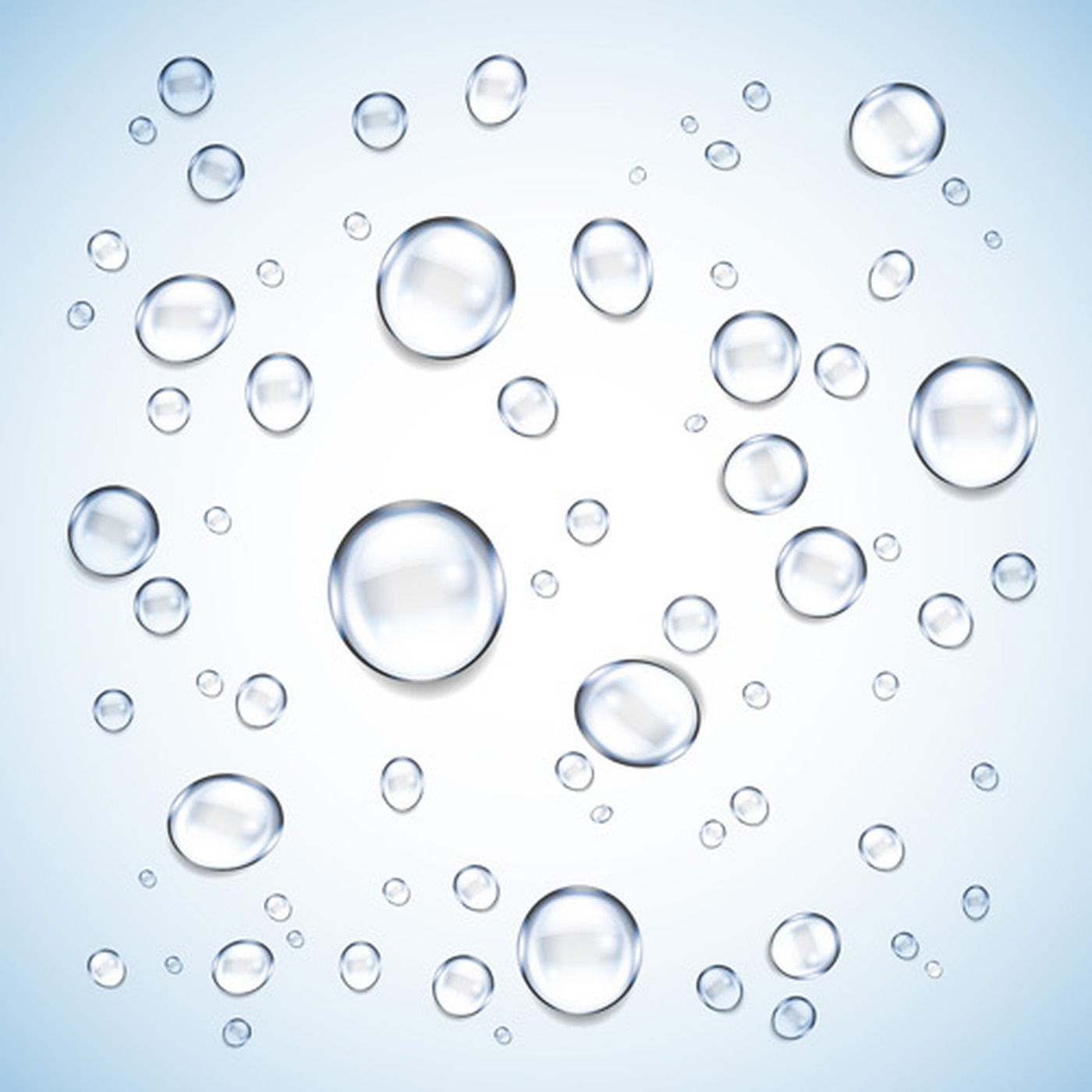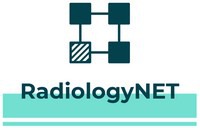|
|
Machine Learning for Knowledge Transfer in Medical Radiology - RadiologyNET |
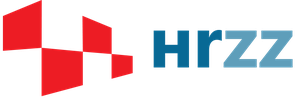
|
Funded by Croatian Science Foundation IP-2020-02-3770
| Introduction |
Medical radiology is often used in clinical analysis to establish a medical diagnosis in a non-invasive manner. By considering the morphological properties of the observed area, clinicians can determine the presence of an injury or a disease without the need for invasive surgery. The purpose of computer-aided diagnosis (CAD) is to help physicians with interpreting the recorded data. Recently, the use of machine learning (ML) techniques has begun to grow rapidly in this area, increasing the accuracy of manually-crafted models, or even entirely replacing them. A recent apparent increase in the use of these techniques in medical image analysis has been facilitated due to a wider availability of data, increased computer processing power, and a more significant progress achieved through the use of deep-learning techniques in machine vision (MV) applications. This development, in turn, has created the potential for introducing significant improvements to biology and medicine, both in the laboratory and in the clinic. One of the essential advantages of ML techniques, in comparison to the filtering techniques, in medicine, lies in their ability to unearth new procedures for diagnosing diseases, such that have been inconceivable so far. Additionally, due to the complexity of modelling specific conditions, closely related to patient's characteristics, ML techniques are increasingly becoming an essential factor in the implementation of personalized medicine in the clinic.

| Summary |
TL from unspecialised domains is less potent than TL from a domain shared by the data under consideration. No specialised TL models exist for medical radiology. The project envisions the creation of an automatically annotated large medical radiology dataset, which will be the basis for the construction of specialised TL models, which will be made publicly available to scientists worldwide for performing TL in medical radiology diagnostics domain. The aim of the proposed research is to improve existing knowledge concerning medical image-analysis modelling, by developing and sharing a common platform for TL in medical radiology, thus helping with improving future clinical CAD.
| Resources |
| Materials and Methods |
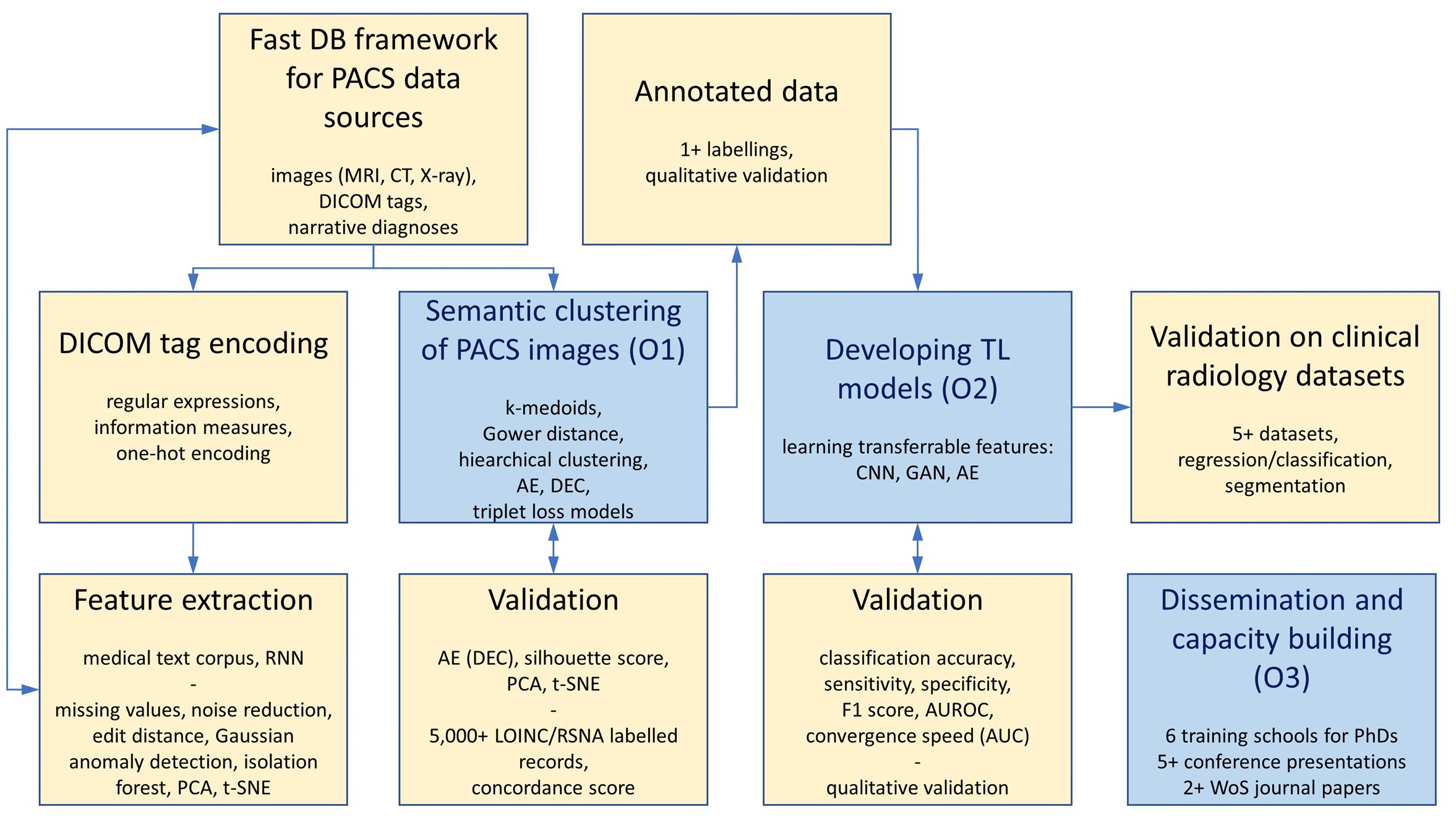
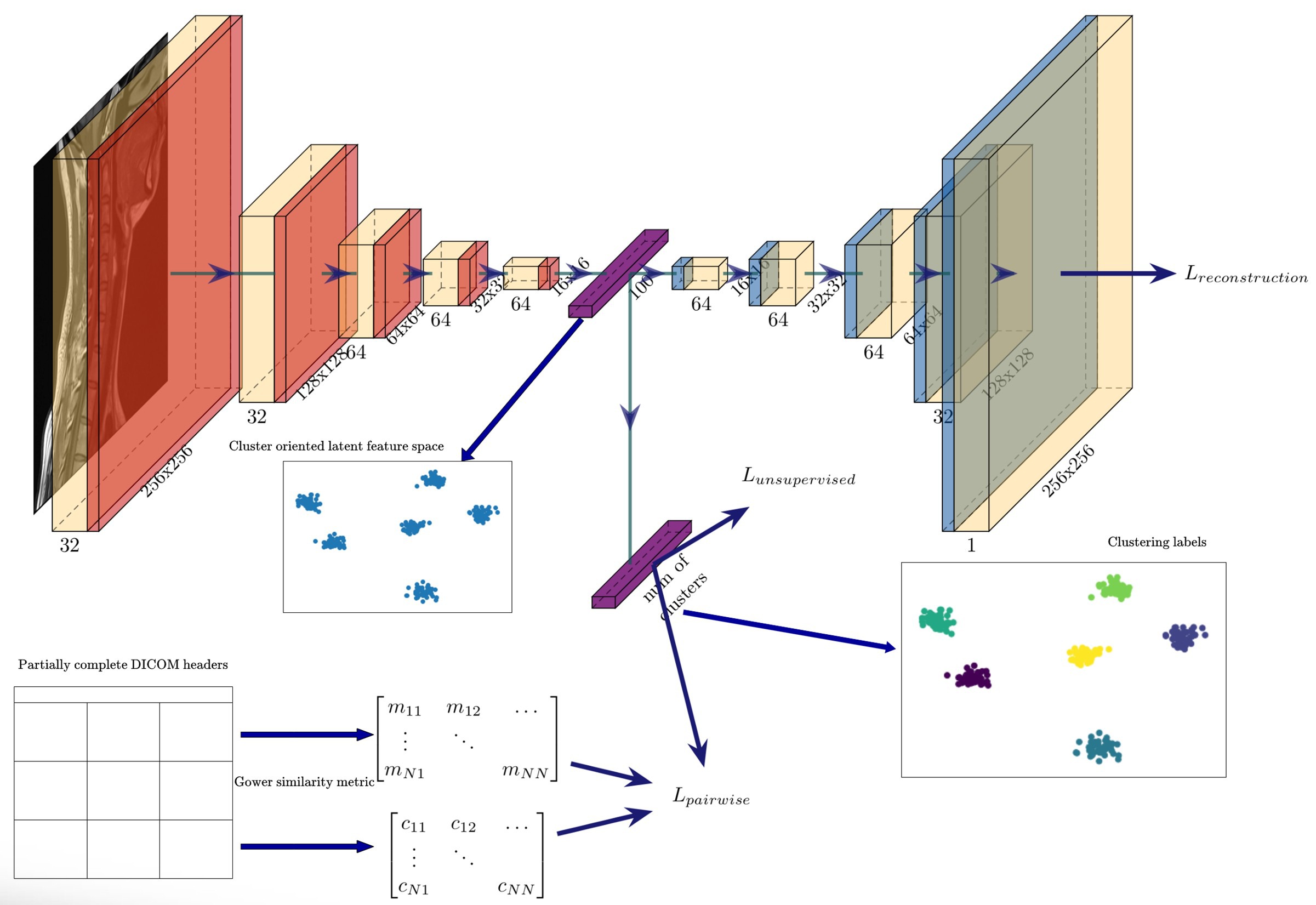
| Goals |
O1. Semantic clustering of PACS images – A thorough analysis of the already available RadiologyNet dataset will be carried out, based on the content of DICOM tags, narrative diagnoses and images, and appropriate automatic clusterings of images will be established and evaluated. Activities: Building a query-capable database framework, Analysing DICOM tag structure and content, Feature extraction and selection, Implementing and evaluating clusterings, Labelling RadiologyNet data.
O2. Developing TL models – Labelled RadiologyNet dataset will be used for building deep neural network (NN) architectures, having transferable features, that will then be used for TL and validated on several publicly-available specialised medical radiology datasets. Activities: Selecting and implementing model architectures, Model training and evaluation, TL from clinical radiology datasets.
O3. Dissemination and capacity building – Skills of young researchers will be honed through field research and specialised summer schools to support relevant project activities, which will in turn help building the research capacity of the group. Dissemination activities will be performed throughout the project to promote project results. Activities: Preparing journal papers and conference presentations, Attending training schools, TL model dissemination.
| Research Group |
prof. Ivan Štajduhar 1 – principal investigator
prof. Damir Miletić, M.D., radiology specialist 2
prof. Matija Milanič 3
prof. Goran Glavaš 4
Sebastian Tschauner, M.D./Ph.D., radiology specialist 5
Mihaela Mamula Saračević, M.D., radiology specialist 2
Robert Baždarić, Ph.D. 1
Franko Hržić, mag. ing. comp. 1
Mateja Napravnik, mag. ing. comp. 1
& associates
1 University of Rijeka, Faculty of Engineering
2 University of Rijeka, Faculty of Medicine / Clinical Hospital Centre Rijeka
3 University of Ljubljana, Faculty of Mathematics and Physics
4 University of Würzburg, Faculty of Mathematics & Computer Science
5 Medical University of Graz

